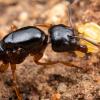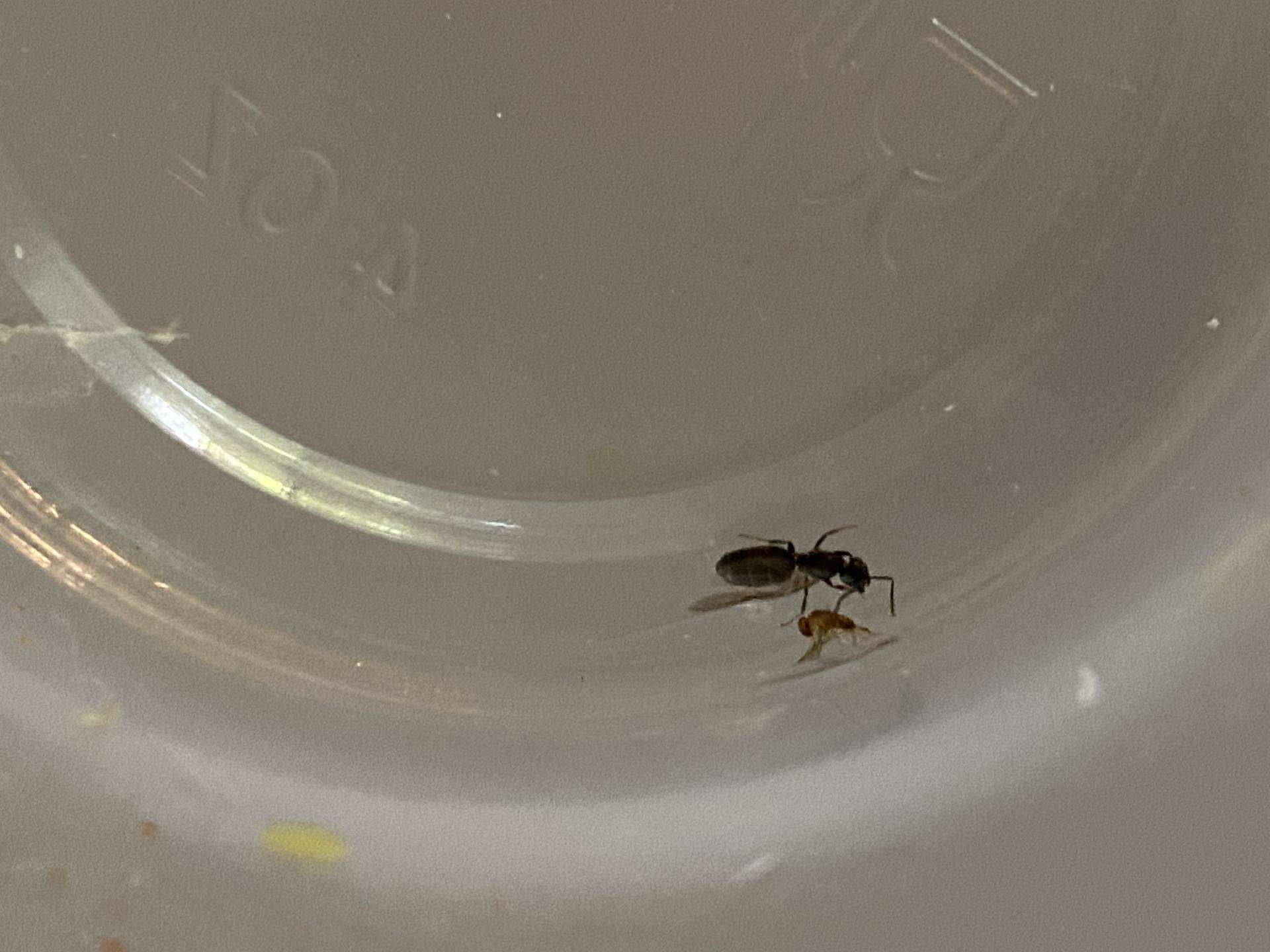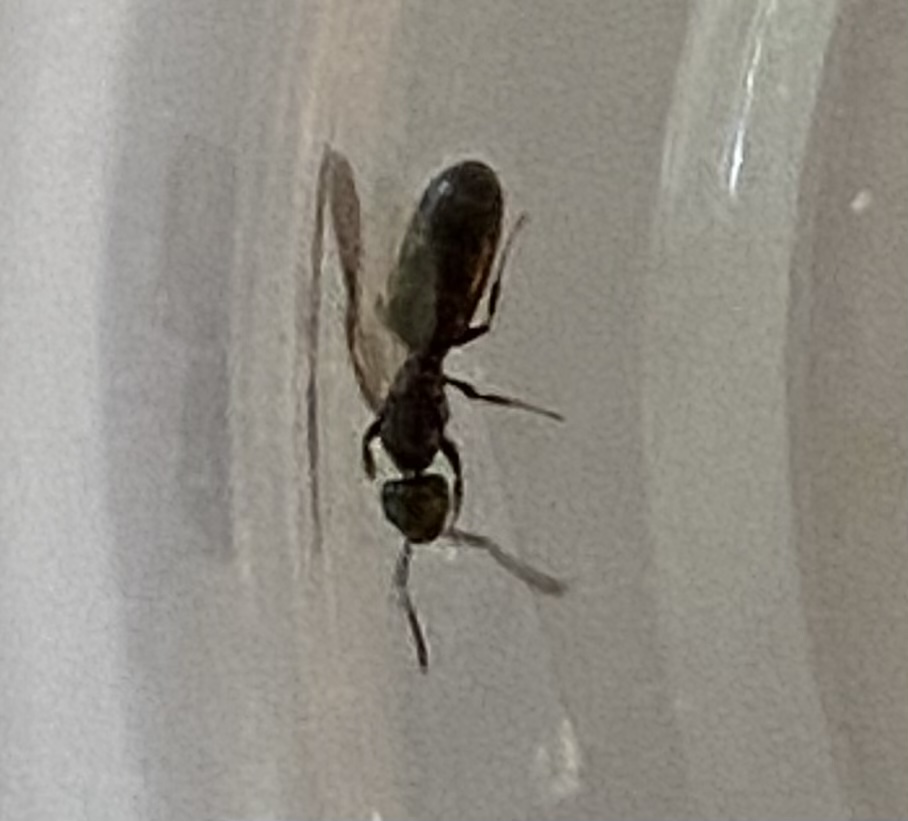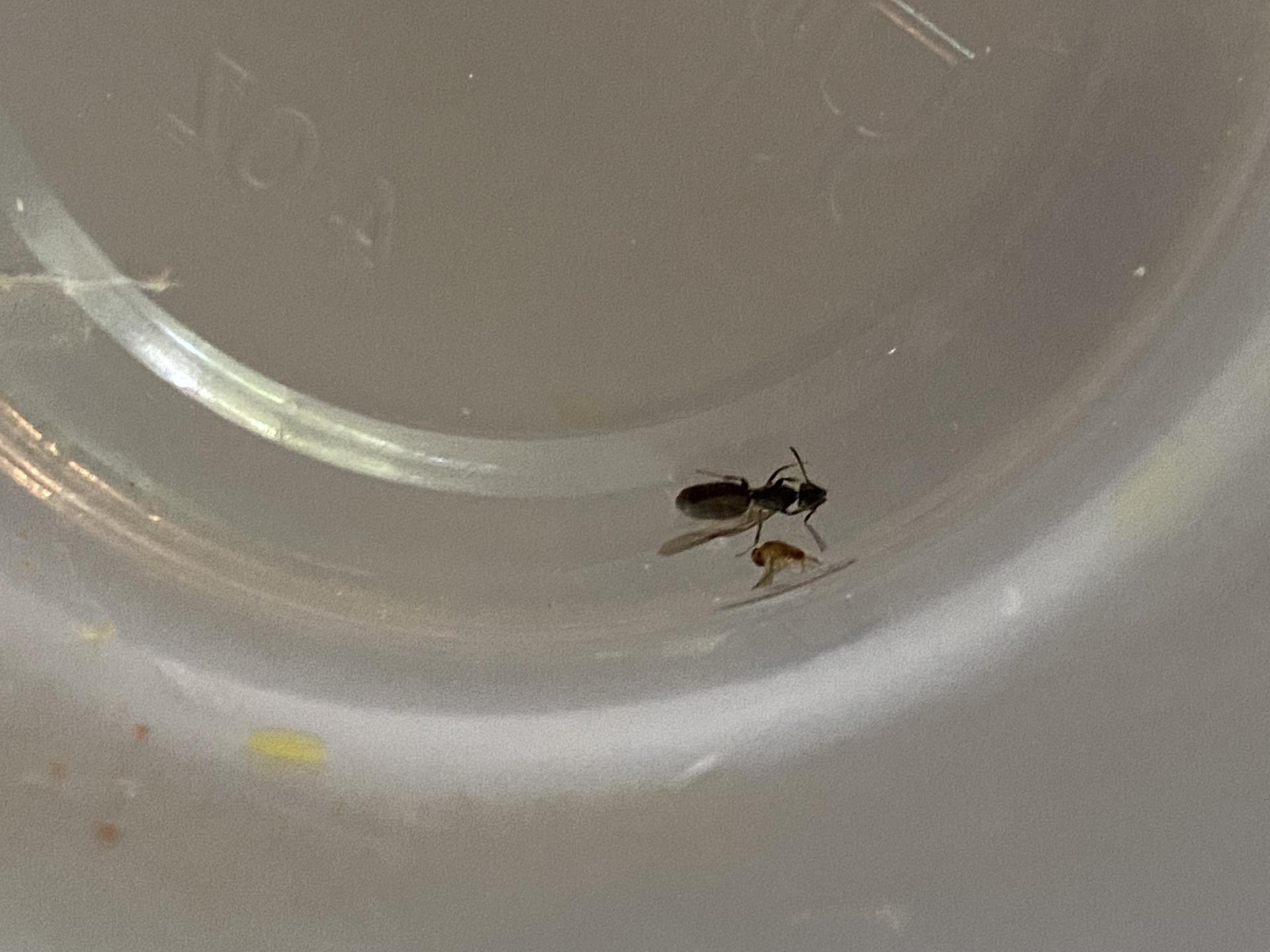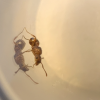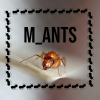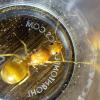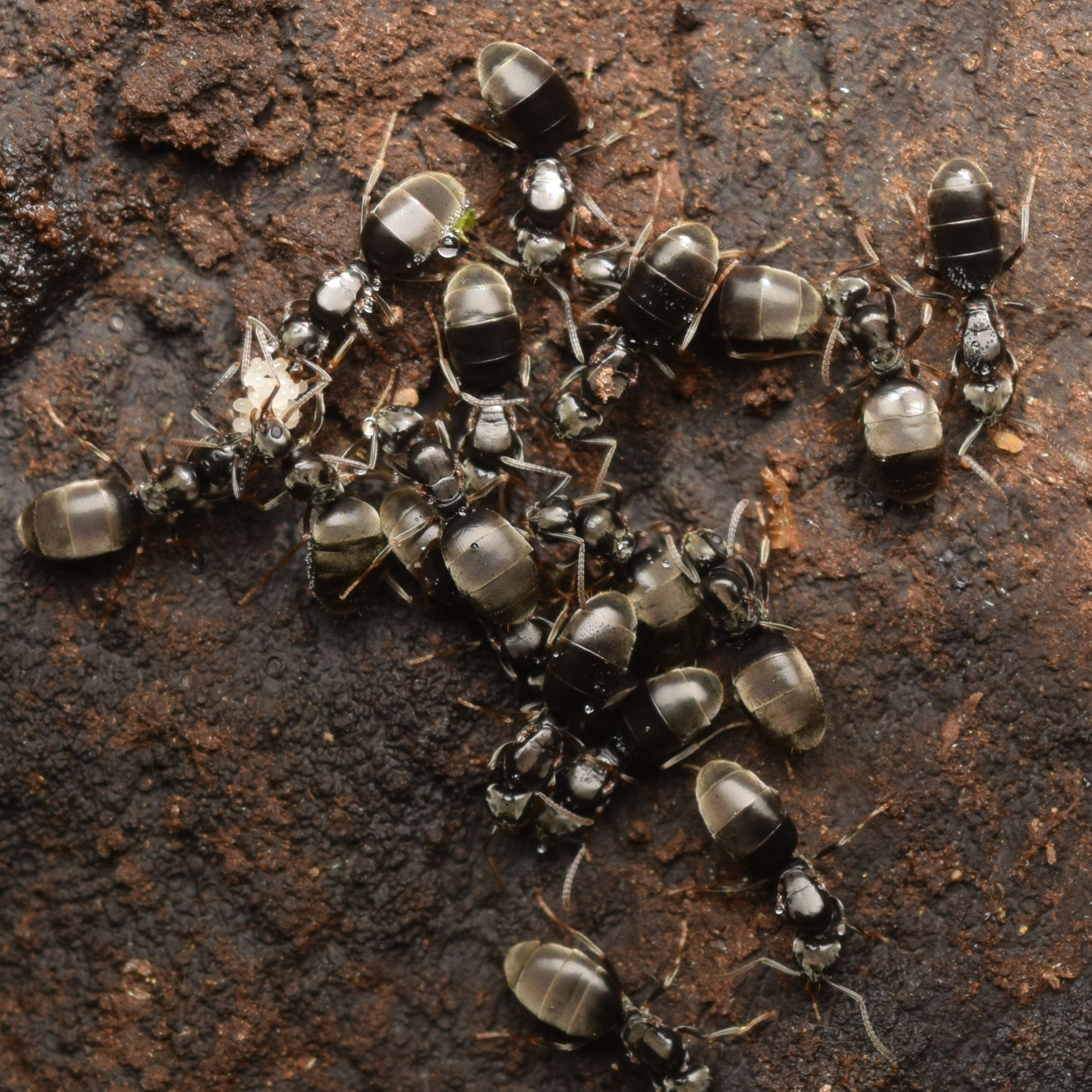1. Location of collection: San Francisco, CA
2. Date of collection: June 6
3. Habitat of collection: Dry area with woods. The alates were taking off from a rock.
4. Length: About 7mm for the queen, males were the same size
5. Coloration, hue, pattern and texture: Black with faint stripes on abdomen
6. Distinguishing characteristics: N/A
7. Anything else distinctive: These alates were with small workers and large ants (maybe majors? I’m not sure if they were even the same colony)
8. Nest description: Beneath/ near a rock
9. Nuptial flight time and date: June 6th, about 11:00 am
(The pictures are bad, sorry)
Edited by Swirlysnowflake, June 6 2021 - 1:15 PM.

